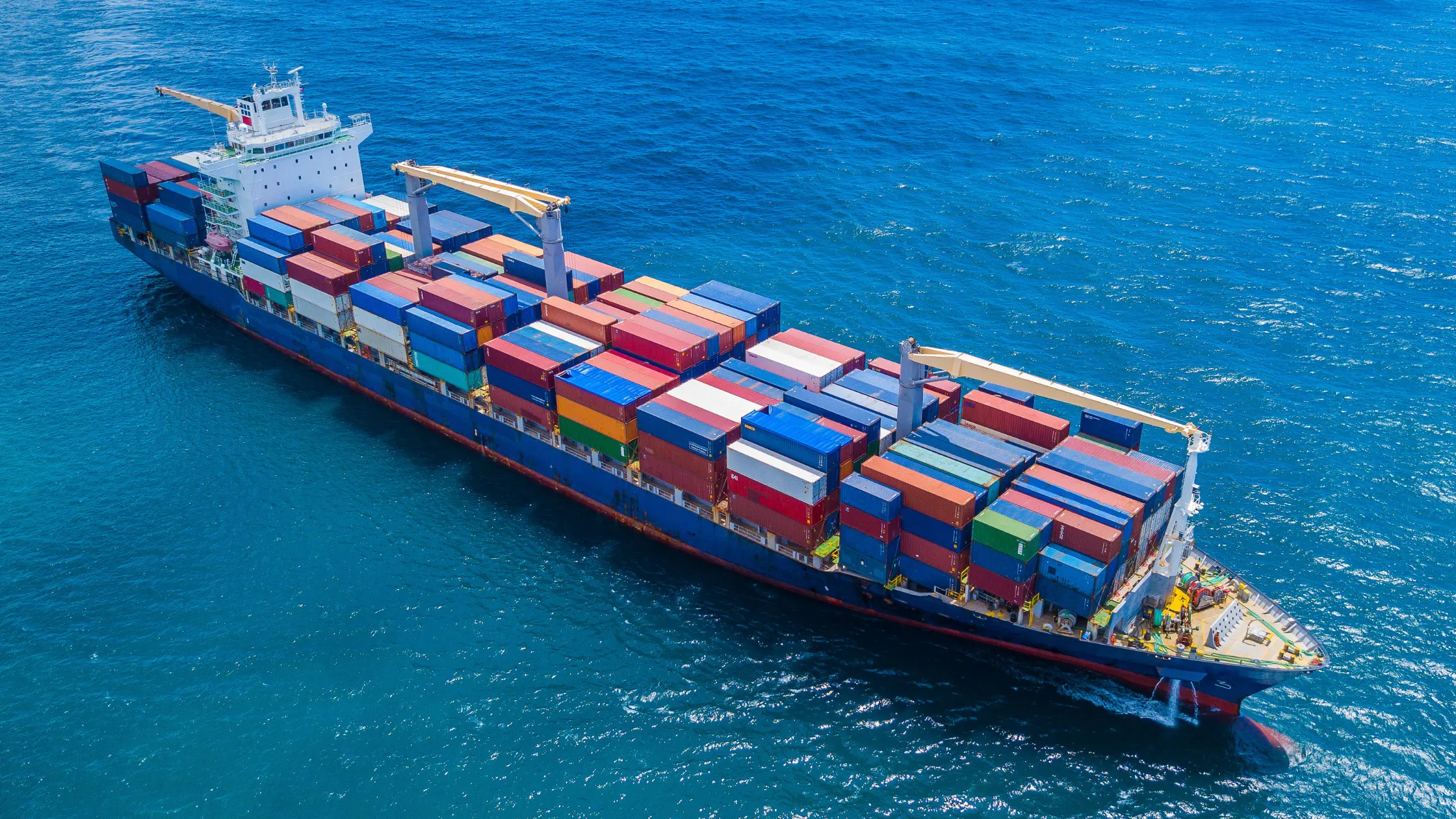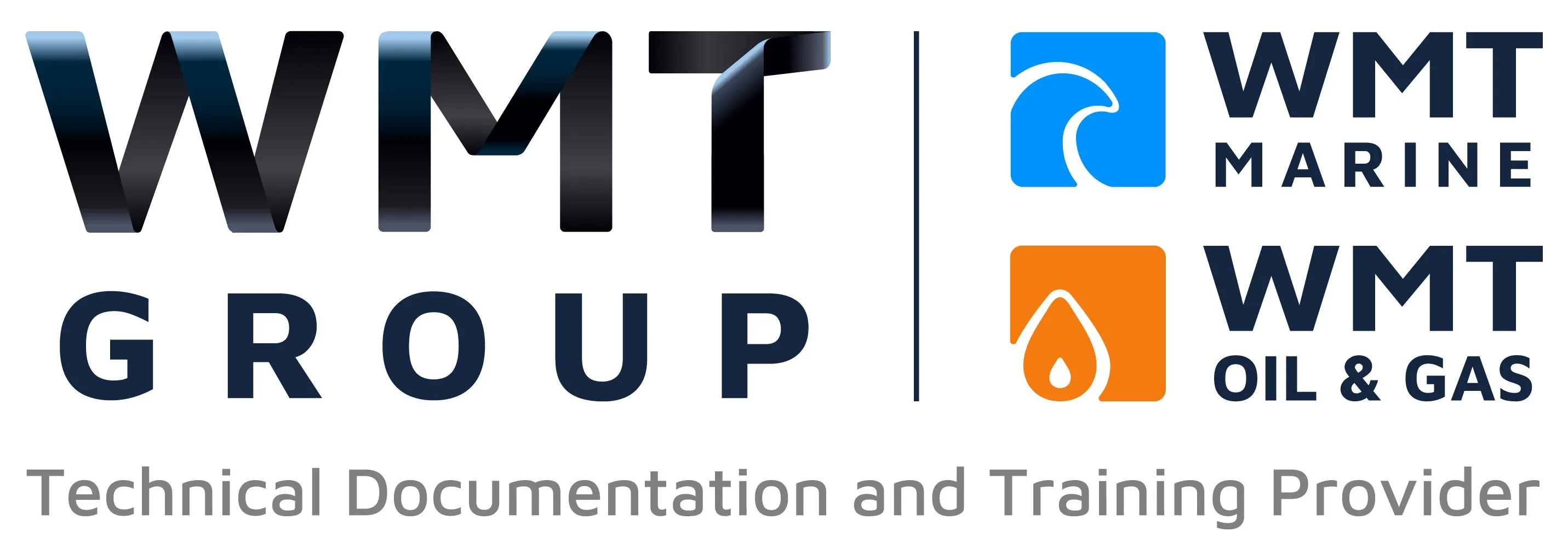Comprehensive Vessel Operating Manuals for Ships: The Key to Efficient and Safe Maritime Operations

If you're involved in the maritime industry, whether as a shipowner, operator, or crew member, you know the significance of keeping operations running smoothly and safely. One of the most critical tools for achieving this is a comprehensive vessel operating manual. These manuals provide step-by-step guidance for everything from routine tasks to emergency situations, ensuring that vessels operate efficiently and in compliance with maritime regulations.
In this article, we’ll discuss the importance of vessel operating manuals, what they typically include, and how they benefit both shipowners and crew.
Why Are Comprehensive Vessel Operating Manuals Important?
Operating a ship is complex, involving a multitude of systems and procedures. A detailed vessel operating manual is essential for ensuring everything is done correctly and safely. But why are these manuals so crucial?
1. Safety Assurance
These manuals detail safety procedures for all potential emergencies, from fires to hazardous weather. This ensures that the crew can respond quickly and effectively, protecting both lives and the ship itself.
2. Regulatory Compliance
Ships must comply with strict international regulations, like those set by the International Maritime Organization (IMO). A good manual helps ensure the vessel meets these standards, avoiding penalties and ensuring smoother inspections.
3. Operational Efficiency
By following clear instructions on how to operate engines, electrical systems, and navigation equipment, the crew can minimise errors and avoid costly downtime.
4. Crew Training and Familiarisation
New crew members can quickly familiarise themselves with the ship’s systems and procedures by referring to the manual. This improves efficiency and reduces the likelihood of operational mistakes.
What Should a Vessel Operating Manual Include?
A comprehensive vessel operating manual covers all aspects of ship operations. Here are the key sections that should be included:
1. Introduction and Overview
- Basic details about the ship, including type, specifications, and key operational features.
- An outline explaining the purpose and structure of the manual.
2. Safety Procedures
- Firefighting instructions, emergency response protocols, and equipment operation.
- Procedures for handling medical emergencies, man-overboard situations, and environmental hazards.
3. Ship Systems Operation
- Detailed operating instructions for the main engine, auxiliary engines, and electrical systems.
- Step-by-step guidance for navigation systems and communication devices.
4. Maintenance Schedules and Procedures
- Routine maintenance checklists to ensure systems stay in good working condition.
- Guidelines for inspections and preventive maintenance.
5. Emergency Procedures
- Instructions for handling system failures, engine malfunctions, and hull breaches.
- Protocols for accidents like collisions or grounding.
6. Regulatory and Certification Requirements
- Details of certificates the vessel must hold, including IMO and MARPOL certifications.
- Compliance with environmental and labour regulations.
Benefits of Comprehensive Vessel Operating Manuals
Having a well-structured vessel operating manual offers numerous benefits to shipowners and crew:
1. Improved Safety
By following the manual’s procedures, crews can significantly reduce accidents and improve safety records.
2. Cost Savings
Proper use and maintenance of systems extend the life of ship machinery and prevent costly breakdowns, saving both time and money.
3. Enhanced Crew Performance
With clear instructions on hand, crews can operate more effectively, reducing errors and improving performance across the board.
4. Simplified Inspections
Having a comprehensive manual ready makes inspections and audits smoother, as the necessary documentation is already organised and up-to-date.
Conclusion
In the maritime industry, a comprehensive vessel operating manual is more than just a document—it's a key component for safe, efficient, and compliant ship operations. By investing time and effort into creating and maintaining an up-to-date manual, shipowners can ensure smoother operations, better safety outcomes, and significant cost savings in the long term.
